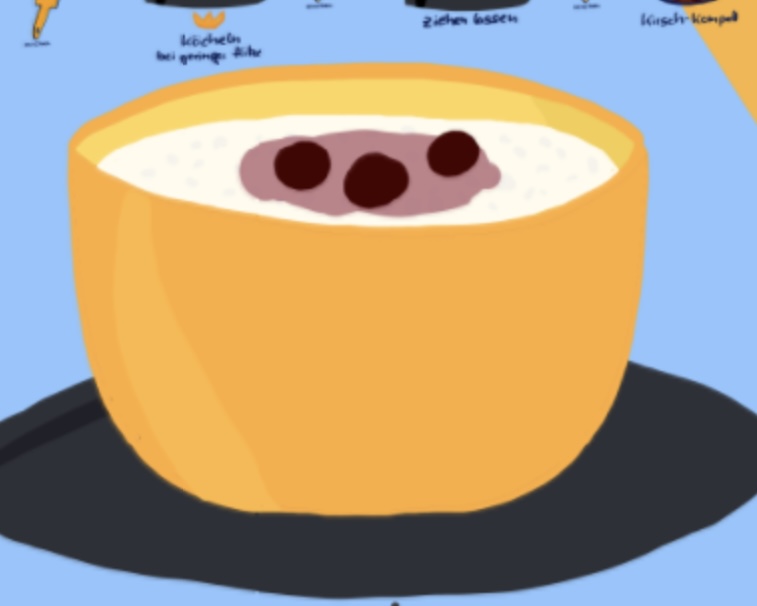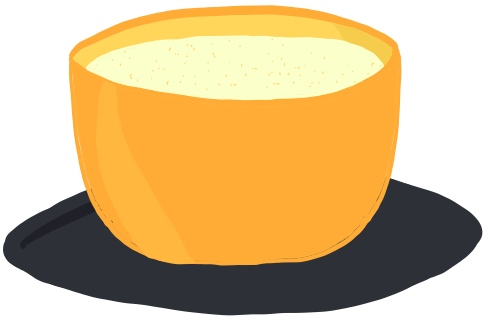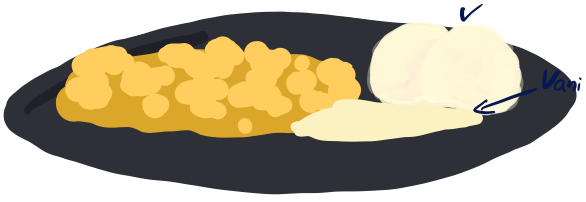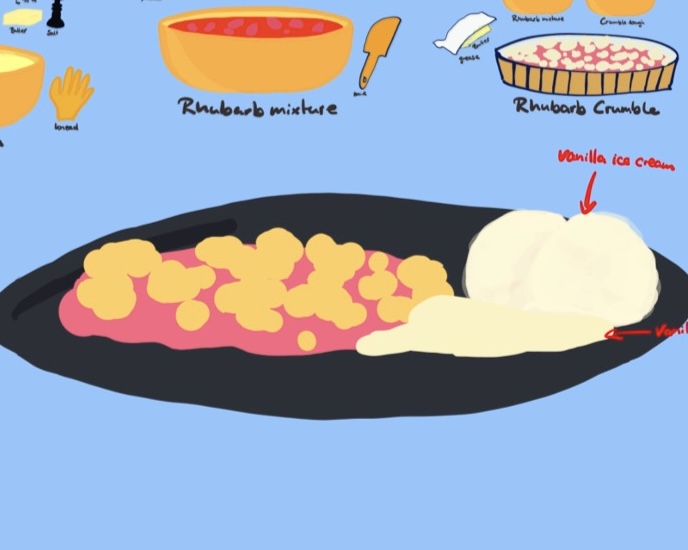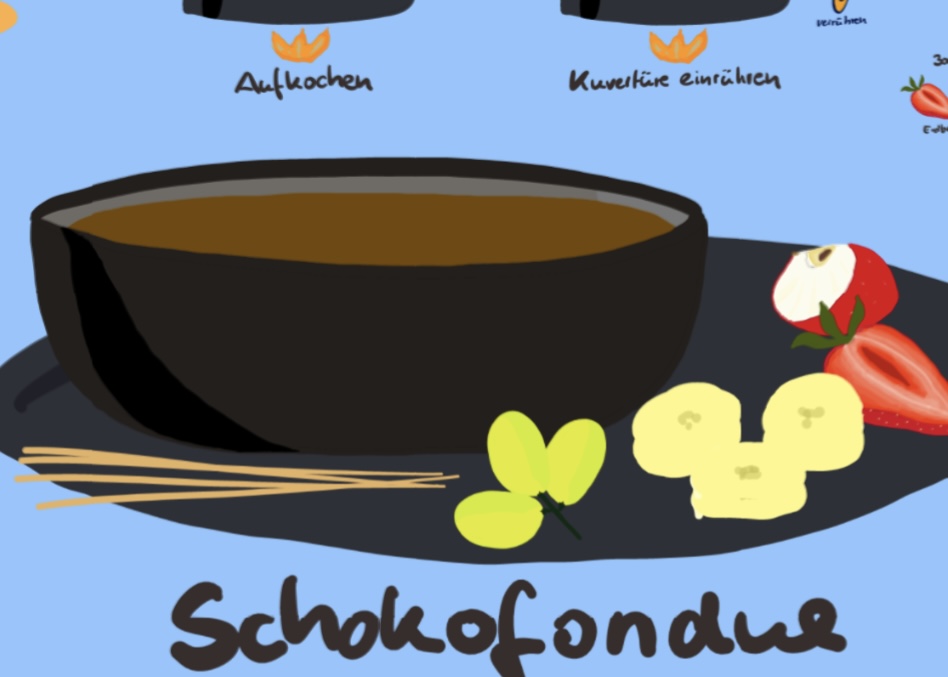Panna Cotta: Delicious Recipes and Inspiration
Instructions: Tap the Map & Cook Along 👇
The Ultimate Guide to Panna Cotta: Italy's Silky Dessert Sensation
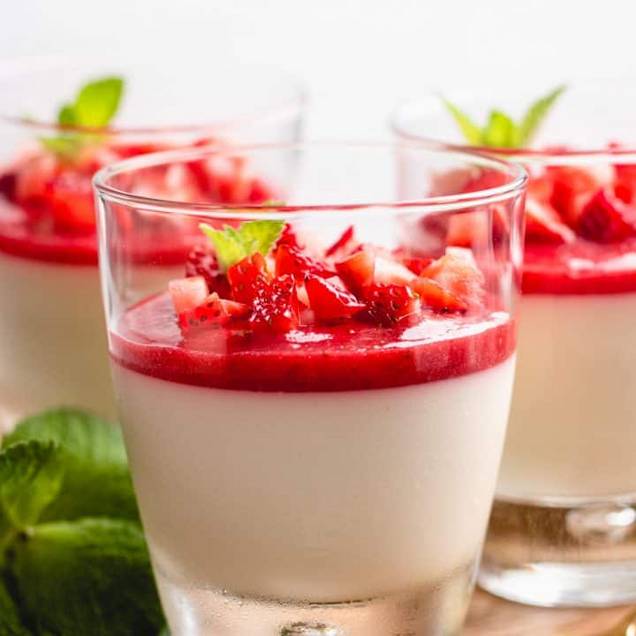
There's something magical about the gentle wobble of a perfectly set panna cotta as it's unmolded onto a plate. This elegant Italian dessert—whose name literally translates to "cooked cream"—has captured the hearts of dessert lovers worldwide with its velvety texture and versatile flavor profile. Join us as we dive into everything you need to know about this creamy delight that's surprisingly simple to make yet guaranteed to impress.
What Is Panna Cotta?
Panna cotta is a traditional Italian dessert that originated in the northern region of Piedmont. At its core, it's a sweetened cream mixture that's gently heated, set with gelatin, and chilled until firm yet trembling. Unlike custards such as crème brûlée or flan, panna cotta doesn't contain eggs, making it lighter on the palate while still delivering luxurious creaminess.
The beauty of panna cotta lies in its simplicity. With just a handful of ingredients—cream, sugar, vanilla, and gelatin—you can create a dessert that serves as the perfect canvas for countless flavor variations and garnishes.
The History Behind This Creamy Delight
While panna cotta has become a staple on restaurant menus worldwide, its origins are surprisingly humble. Piedmontese grandmothers have been making this rustic dessert for generations, utilizing the rich, fresh cream from their local dairy farms.
The exact origin is somewhat disputed, but most culinary historians agree that panna cotta as we know it today gained popularity in the early 20th century. Traditionally, it was set with boiled fish bones before commercial gelatin became widely available—a technique that speaks to the resourcefulness of Italian home cooks.
Despite its simple beginnings, panna cotta has evolved into a sophisticated dessert featured in high-end restaurants across the globe, demonstrating how the most basic ingredients can create something truly extraordinary when handled with care.
Perfecting Your Panna Cotta Technique
Creating the perfect panna cotta requires attention to detail and an understanding of the delicate balance between ingredients. Here are the key elements to master:
The Base
While traditional recipes call for heavy cream, modern variations often incorporate a mix of milk and cream for a lighter texture. Some chefs even introduce yogurt, buttermilk, or coconut milk to add tanginess or create dairy-free alternatives.
The Sweetener
White sugar is the standard sweetener, but honey, maple syrup, or even brown sugar can introduce complex flavor notes that complement various toppings and mix-ins.
The Setting Agent
Gelatin is the key to achieving that signature wobble. The perfect panna cotta should hold its shape when unmolded but yield easily to the touch of a spoon, jiggling slightly when the plate is moved. Too much gelatin results in a rubbery texture, while too little creates a dessert that collapses when served.
The Flavor
Vanilla is the classic flavoring, but infusions of citrus zest, coffee, spices, or herbs can transform this humble dessert into something extraordinary. The gentle heating of the cream provides the perfect opportunity to infuse it with aromatic ingredients.
Classic Vanilla Panna Cotta Recipe
Here's a foolproof recipe to create the perfect vanilla panna cotta:
Ingredients:
- 2 cups heavy cream
- 1/2 cup whole milk
- 1/3 cup granulated sugar
- 1 vanilla bean, split and scraped (or 1 tablespoon high-quality vanilla extract)
- 2 1/4 teaspoons unflavored gelatin powder
- 3 tablespoons cold water
Instructions:
1. Place the water in a small bowl and sprinkle the gelatin evenly over the surface. Let stand for 5-10 minutes to bloom.
2. Meanwhile, combine the cream, milk, sugar, and vanilla bean (if using) in a saucepan. Heat over medium, stirring occasionally until the sugar dissolves and the mixture is hot but not boiling (around 170°F/77°C).
3. Remove from heat and discard the vanilla bean pod if used. If using extract instead, add it now.
4. Add the bloomed gelatin to the hot cream mixture and whisk until completely dissolved.
5. Strain the mixture through a fine-mesh sieve into a measuring cup with a spout.
6. Divide the mixture among four 6-ounce ramekins or decorative glasses.
7. Refrigerate until set, at least 4 hours or overnight.
8. To serve, run a thin knife around the edge of each panna cotta and briefly dip the bottom of each ramekin in hot water. Invert onto serving plates with a confident quick flip.
Creative Variations to Explore
Once you've mastered the classic recipe, try these inspired variations:
Coconut Panna Cotta with Tropical Fruit
Replace half the cream with coconut milk and garnish with fresh mango, passion fruit, and toasted coconut flakes for a tropical twist.
Espresso Panna Cotta
Add 2 tablespoons of espresso powder to the cream mixture and serve with chocolate-covered coffee beans and a dusting of cocoa.
Honey Lavender Panna Cotta
Swap the sugar for honey and infuse the cream with dried culinary lavender (strain before setting). Garnish with fresh berries and a drizzle of additional honey.
Lemon Panna Cotta with Berry Compote
Add lemon zest to the cream mixture and serve with a vibrant berry compote for a refreshing summer dessert.
Perfect Pairings and Garnishes
The neutral canvas of panna cotta makes it ideal for creative garnishes:
- Fresh berries or stone fruit
- Fruit coulis or compotes
- Caramel or chocolate sauce
- Toasted nuts
- Herb-infused honey
- Candied citrus peel
- Edible flowers
- Crumbled cookies or biscotti
A thoughtful garnish not only adds visual appeal but can introduce complementary flavors and textural contrast to your creamy creation.
Troubleshooting Common Panna Cotta Problems
Even experienced cooks can encounter challenges with panna cotta. Here's how to address common issues:
Too Firm or Rubbery
Reduce the gelatin in your next batch. Remember that different brands of gelatin may have varying strengths.
Won't Set Properly
Ensure your gelatin blooms properly in cold water before adding it to the hot cream mixture. Also, confirm that your cream mixture is hot enough to fully dissolve the gelatin but not boiling, which can weaken gelatin's setting power.
Weeping or Separation
This typically occurs when the panna cotta has been overheated or the gelatin wasn't properly dissolved. Heat the mixture gently and ensure thorough whisking when adding the gelatin.
Difficult to Unmold
If your panna cotta sticks to the mold, try freezing it for 5-10 minutes before unmolding, or use silicone molds for easier release.
Why Panna Cotta Deserves a Place in Your Dessert Repertoire
Panna cotta's versatility makes it a perfect addition to any cook's collection of recipes. It can be prepared days in advance, making it ideal for entertaining. Its elegant appearance belies its simplicity, allowing even novice cooks to create a impressive dessert with minimal effort.
Furthermore, it's a naturally gluten-free option that can easily be adapted for various dietary preferences. The basic recipe serves as a foundation for countless variations, ensuring you'll never tire of this classic Italian treat.
Final Thoughts
Panna cotta reminds us that true culinary magic often lies in simplicity. With just a few quality ingredients and some attention to technique, you can create a dessert that rivals those found in fine-dining establishments.
Whether you're serving it for a special occasion or simply treating yourself to a weeknight indulgence, panna cotta offers a moment of pure pleasure—a silky, creamy bite that melts away, leaving you longing for just one more spoonful.
So gather your ingredients, embrace the wobble, and discover why this humble Italian dessert has stood the test of time as one of the world's most beloved sweet treats.
*What's your favorite way to enjoy panna cotta? Share your creative variations and topping ideas in the comments below!*
